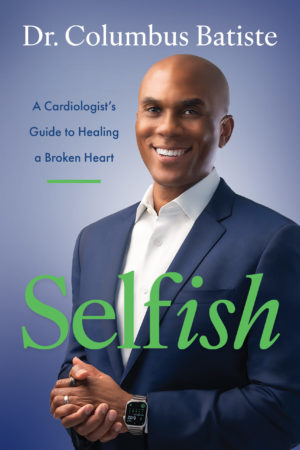The New Year brings with it a sense of renewal and the promise of a fresh start. We’ve all been there – jotting down resolutions as the clock strikes midnight, eager to make positive changes. But why do we find ourselves at the crossroads of self-improvement every January 1st? Let’s delve into the science behind New Year’s resolutions and discover how you can make lasting changes in your life.
The Fresh Start Effect: A Psychological Calendar Reset
Ever wondered why so many people set goals at the start of a new year? The answer lies in the “fresh start effect.” Researchers have identified certain calendar points, such as the beginning of a new year, the first day of the month, or the start and end of the week, as temporal landmarks. These points serve as psychological reset buttons, prompting us to assess our lives and leave past failures behind. Harnessing the fresh start effect can give us the momentum we need to tackle our goals head-on.
The Harsh Reality: Most Resolutions Don’t Stick
Despite the initial surge of motivation, the statistics on New Year’s resolutions are disheartening. Only 9% of adults manage to keep their resolutions throughout the year. By mid-winter, 80% of resolutions are forgotten, and 23% of adults abandon their goals within the first week of January. Shockingly, 43% of individuals anticipate failure before February arrives. So, why do so many resolutions fizzle out?
It’s Not About the Goals: The Power of Mindset and Planning
Surprisingly, the success of New Year’s resolutions isn’t determined by the goals themselves. Instead, two critical factors come into play: mindset and planning.
Mindset Matters
The power of belief cannot be overstated. The placebo effect in medicine demonstrates the power of one’s mindset. If someone believes in the efficacy of a treatment, they often experience significant improvements, even when the treatment is a mere sugar pill. The same principle applies to our resolutions. If you believe you can achieve your goals, you’re already on the right track.
Planning for Success
Implementation intention and pre-mortem planning are two invaluable tools in the arsenal of successful goal-setting. Implementation intention involves putting pen to paper and specifying when, where, and how you will work towards your goals. Pre-mortem planning, on the other hand, entails envisioning potential obstacles and strategizing how to overcome them. By combining these planning techniques with a positive mindset, you set yourself up for success.
Getting SELFISH: A Blueprint for a Purposeful Life
As we embark on a new year, it’s time to get SELFISH – not in the traditional sense, but as an acronym for spiritual practices, exercise, love, food, intimacy, sleep, and humor. This holistic approach to self-improvement encompasses essential aspects of our lives. By prioritizing spiritual well-being, physical health, emotional connections, nutrition, relationships, rest, and laughter, you can create a life of purpose and fulfillment.
Intrigued? Dr. Batiste has compiled these principles in a comprehensive guide, SELFish. To kickstart your journey to a purposeful life, pre-order your copy at www.DrBatiste.com. This year, let’s move beyond mere resolutions and embrace a mindset and plan that will propel us towards lasting positive change. The science is there – now it’s time to apply it and make 2024 your year of transformation.






